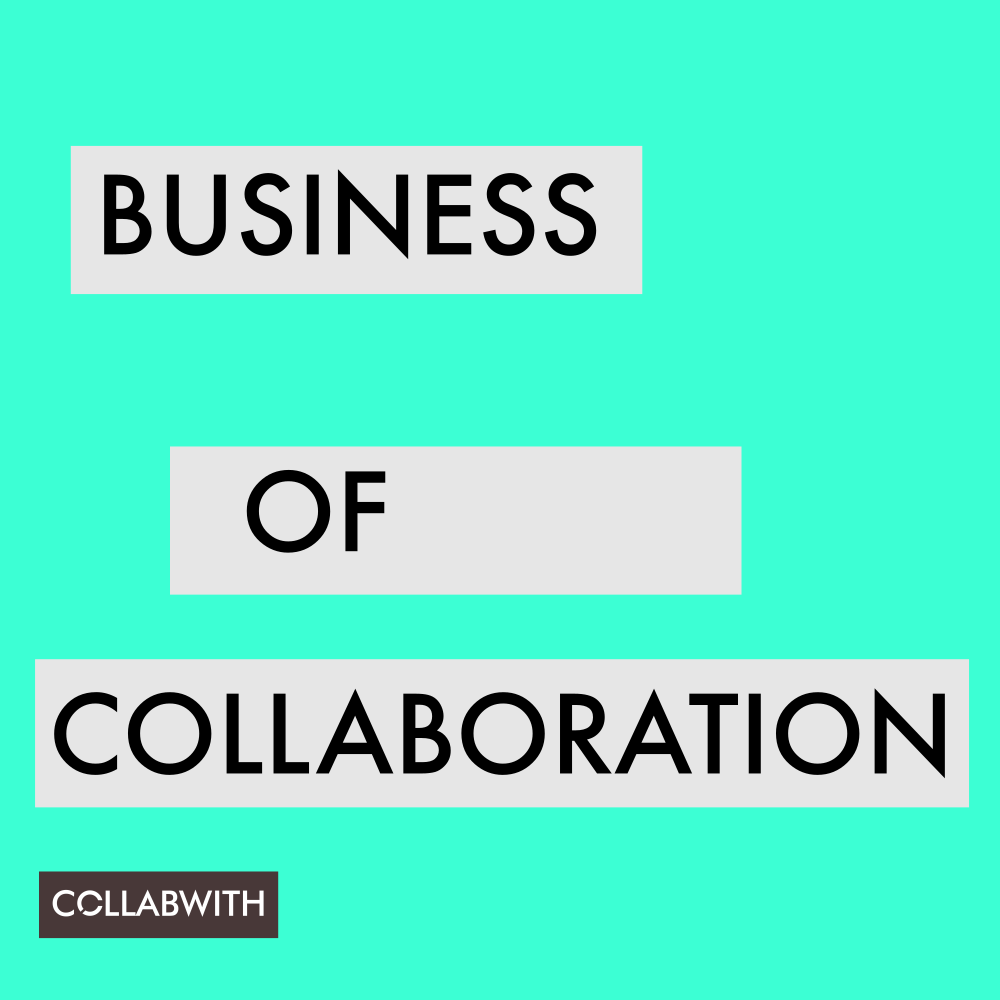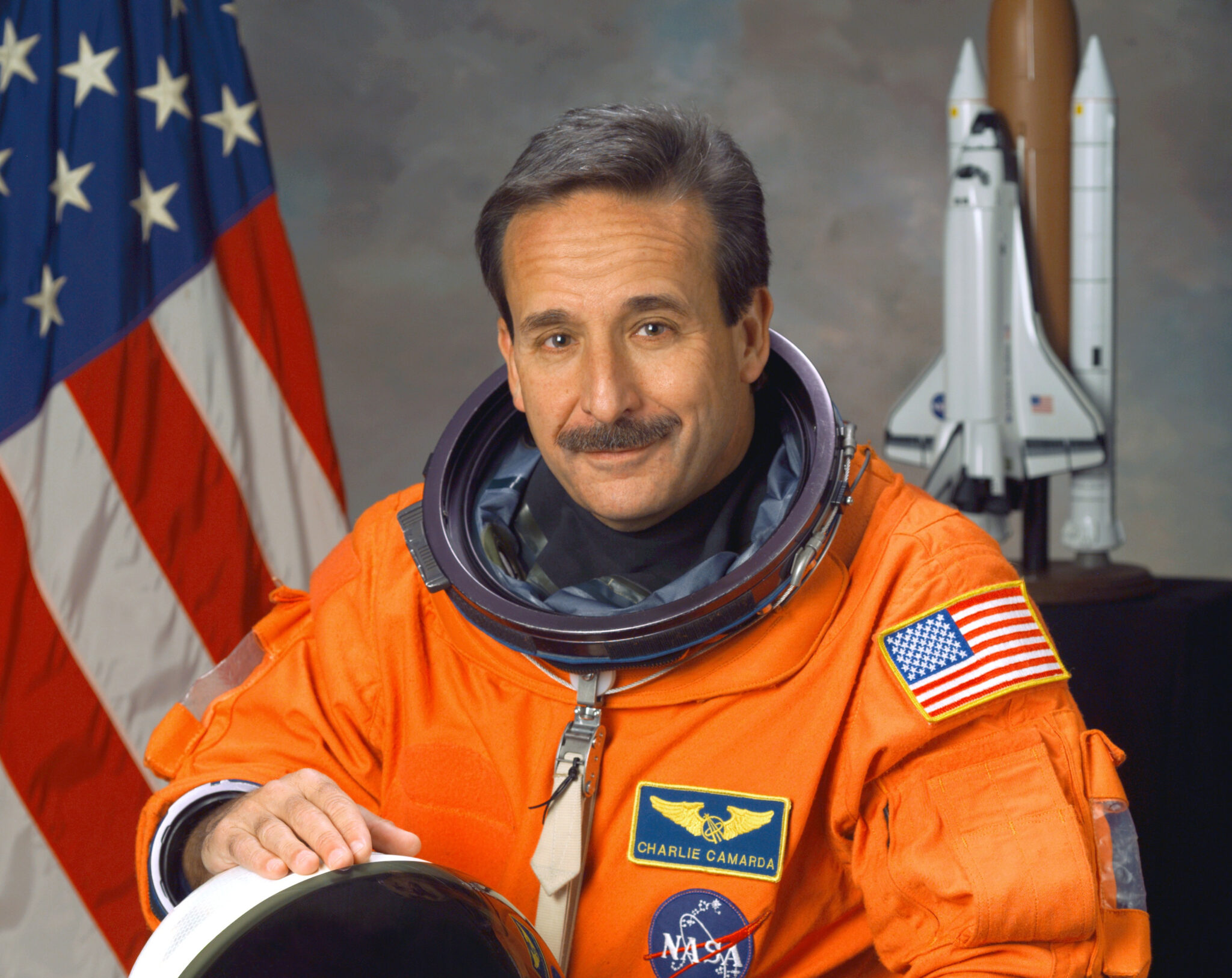We are glad to present to you a special edition of our business of collaboration podcast. During three podcasts we will interview 3 keynote speakers of the ISPIM conference in Ottawa, Canada on April.
ISPIM is the International Society for Professional Innovation Management. Its members represent many sectors, including the research, industrial, consulting and public sectors. The conference in Ottawa addresses three critical challenges that are also of global importance:
- Scaling start-ups
- Adopting AI and Analytics
- Innovating with Government
This is our second Business of Collaboration podcast
We will talk about how NASA innovates with children, high school and university students, how NASA collaborates with universities, what innovation is, and how important is to bring imagination together with ideation from different disciplines and diverse teams in order to create value. Charles was one of the responsible engineers to repair the design of the Colombia shuttle, and flight to space with the new Return-to-Flight mission of space shuttle STS-114.
Charles is a coffee person, he is going to the beach to get back energy and loves gnochis as a good Italian-American. We enjoyed our conversation so much that we talk more than an hour.





Podcast: Play in new window | Download
Subcribe to our podcast Business of Collaboration on Stitcher, iTunes, Android or via RSS
In this section, we want to highlight the main lessons learned from our podcast conversation and create a snapshot of these interesting conversations with bright minds by providing easy key points and categories.
“Exploring ideas in NASA was about how do you train people to solve problems by actually putting together these small teams solving the problems”
ABOUT BEING AN ASTRONAUT
- It takes about 1 up to 1,5 years of training to become an astronaut.
- We learn how to drive the space shuttle, how to understand to operate the Soyuz vehicle and learn all the space station systems. We learn about the specific mission, and we train always the crewmates together. We really need to work together with the crew, because anything could happen, we need to solve different type of problems when we are in space.
- The minimum age to be astronaut it would be late twenty to early thirties and max-age and they have to have minimum a bachelor degree. I was the oldest new astronaut to be selected in my crew.
- The oldest astronaut was John Glenn that has flown last time when he was 77 years.
“You’ve got to be able to transfer those new ideas into products that are going to be useful and going to be adapted and it’s a benefit to society, I think that’s what really defines innovation”
ABOUT WORKING AT NASA
- I was raised as a researcher, so we started an experiment failing and learning. And we are teaching and learning how to fail, and to learn from experiments.
- I have been blessed with working on some outranged problems and challenges, but we first had to identify what are the key ways this technology could fail, and then we design experiments to understand and predict that failure, and modelling and simulation to predict failure.
- It was wonderful working at a research centre. I worked with very innovative people in very difficult and complex technical problems. And so I was always interested in innovation, in the invention and solving complex problems.
- Exploring ideas in NASA was about ‘how do you train people to solve problems by actually putting together these small teams solving the problems.’
- The praiseworthy failure is really the failures that we have in de laboratory where we are exploring the boundaries and learn them. That is absolutely necessary.
“Imagination has to come first”
ABOUT INNOVATION
- Imagination has to come first. Imagination is finding the compacity that conceives something or gives you the ability to count your realities in possibilities. Look at things as if they could be otherwise. And we have to ask what if…
- Creativity is imagination applied. We think about what is possible and then we create and try to come up with solutions to solve that problem.
- Different people and different authors have different definitions of these terms.
- Generally, assume that you need to have the world to act first, but that’s wrong. Because you really have to think of something and ask the questions “what if” to imagine something that’s never been thought of before.
- The invention is the transformation of knowledge or products or processes, and I believe creativity is really imagination applied. Innovation is the invention which has a benefit for society.
- You’ve got to be able to transfer those new ideas into products that are going to be useful and going to be adapted and it’s a benefit to society, I think that’s what really defines innovation.
“We first had to identify what are the key ways this technology could fail”
ABOUT COLLABORATION WITH UNIVERSITIES
- Every industry enterprise has these fantastic ways of inspiring and motivating students and teach them how to learn how to solve problems.
- Wouldn’t it be great to inspire children, around over the world of all different ages, using that creativity to solve problems?
- The creative comes from the youngest of our students, right? We beat it out of them as they go higher and higher of the education ladder. And we become professionals and we are getting more and more narrowly focused.
- This is truly how we solve problems. Students of all ages, even old students, like me. Love to solve problems. The more difficult the problem the better and so we are connecting students with subject matters.
- I would love to get more students in Europe and put together more of virtual teams to solve. We need as much creativity as possible. We need as many ideas as possible to solve these epic challenges.
- It’s by bringing the education together with real-life challenges that inspire students.
- We are also looking at universities that might willing to different ways of teaching and education using phenomenal based learning.
“Every industry enterprise has these fantastic ways of inspiring and motivating students and teach them how to learn how to solve problems”
ABOUT WORKING WITH REMOTE TEAMS
- It is important to think about how to select the right people and how to work virtually from any part of the world to set up high performing teams.
- At the moment we working with people from Poland, Finland all around the world. Besides, we are collecting information from digital platforms to understand how these teams perform and how they behave remotely, and how to educate better.
- To understand how these teams are learning so that we can improve education around the world and make it personalised.
- Innovative Conceptual Engineering Design includes several stages:
- 1.The problem definition or problem emerging phase. And how to create a team, how to grow as a team, how to perform as a team.
- 2. Teach the team how to think outside the box, developing a toolbox for the team to practice and apply these different techniques.
- 3. The acceleration phase, setting up ways to fail and experiment as quickly as possible. But to fail intelligently and learn as quickly as possible.
- We have lots of different students, different teams, looking at multiple different challenges trying to find different ideas and solutions.


